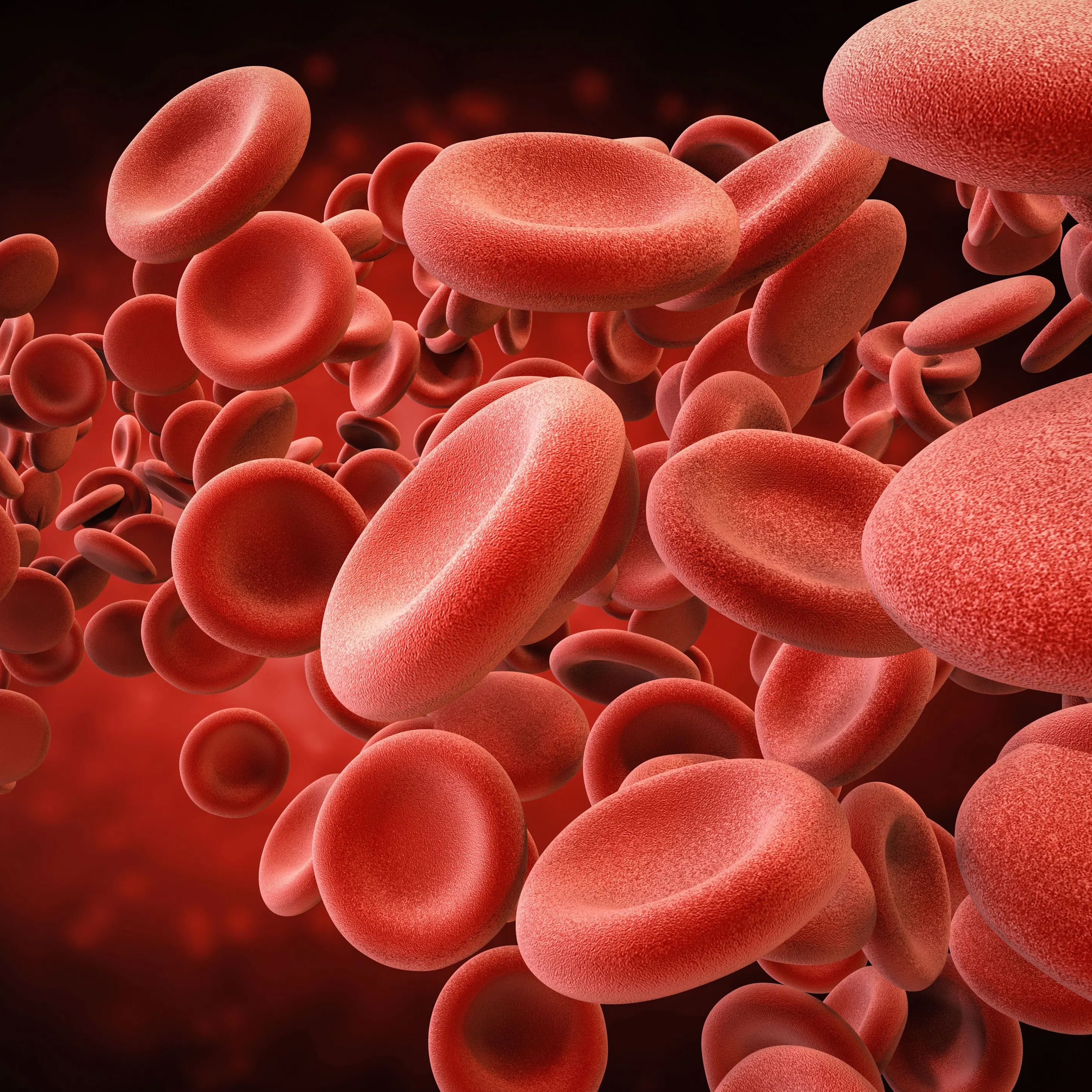Article
Urinary Tract Diseases Identified in Simple Test
Author(s):
Male urinary tract diseases can be tested by measuring urine flow through tiny tubes, according to research from Brigham Young University.

A urine testing device can immediately identify prostate cancer and kidney disease, according to research published in Analytical Methods.
Researchers from Brigham Young University had previously designed a device to observe urine flow distances in microfluidic devices, but this new model significantly expands on the older one. The researchers demonstrated the measurements of unamplified DNA analogues of microRNAs (miRNAs). MiRNAs are biomarkers whose levels can be altered in disease states, such as prostate cancer and kidney disease. By attaching a nucleic acid receptors to microchannel surfaces, the researchers were able to measure the flow distance in both lab made samples and synthetic urine depending on target concentrations of DNA.
Flow time and flow distance were found to be correlated with target concentration, which signaled the presence of diseases. One particular advantage of the device is that it does not signal for any false positives — harmless material in the urine doesn’t affect the flow through the tubes as a diseased biomarker would.
“The idea is if we can detect these at really low levels then, you know, that might be at a very early stage of the disease where that’s just barely beginning to show,” study leader Adam Woolley, PhD, said in an interview with Fox 13 Salt Lake City.
Just like home pregnancy tests aim to detect molecules in the urine that would indicate pregnancy, the new device shows not only the presence of a molecule but also its concentrations.
“In particular, we’ve been looking at some DNA related to prostate cancer and some DNA that’s related to kidney disease.”
Current methods of testing these biomarkers are not cost effective or too complex for bench top instruments. The next step for the research team is to test the tubes using real urine samples to see if the diseases can be identified the same way. The technology is patent pending and a company is already working on further developing the technology.





